Introduction
Video lectures for study have become a central element of modern education. As digital learning tools continue to evolve, these lectures offer a flexible and effective way to deliver content across a wide range of subjects and academic levels. Whether used in formal academic environments or informal learning settings, video lectures support both structured curricula and self-directed exploration.
One of the key advantages of video lectures for study is their ability to support self-paced learning. Students can pause, rewind, and rewatch content as needed, allowing them to learn at their own speed and revisit complex concepts. This flexibility also makes video lectures accessible to a broader audience, including learners with different schedules, learning preferences, or geographic limitations.
Inclusion is another major benefit. Video lectures can offer subtitles, translations, and adaptive technologies to support learners with disabilities or non-native speakers. This contributes to a more equitable learning environment, where more students have the opportunity to succeed regardless of their background or circumstances.
The rise of open educational resources (OER) has further expanded access to high-quality video lectures. Platforms offering free or low-cost educational videos empower learners around the world by removing financial and institutional barriers. As a result, video lectures for study play a crucial role in the ongoing effort to democratize education and promote lifelong learning.
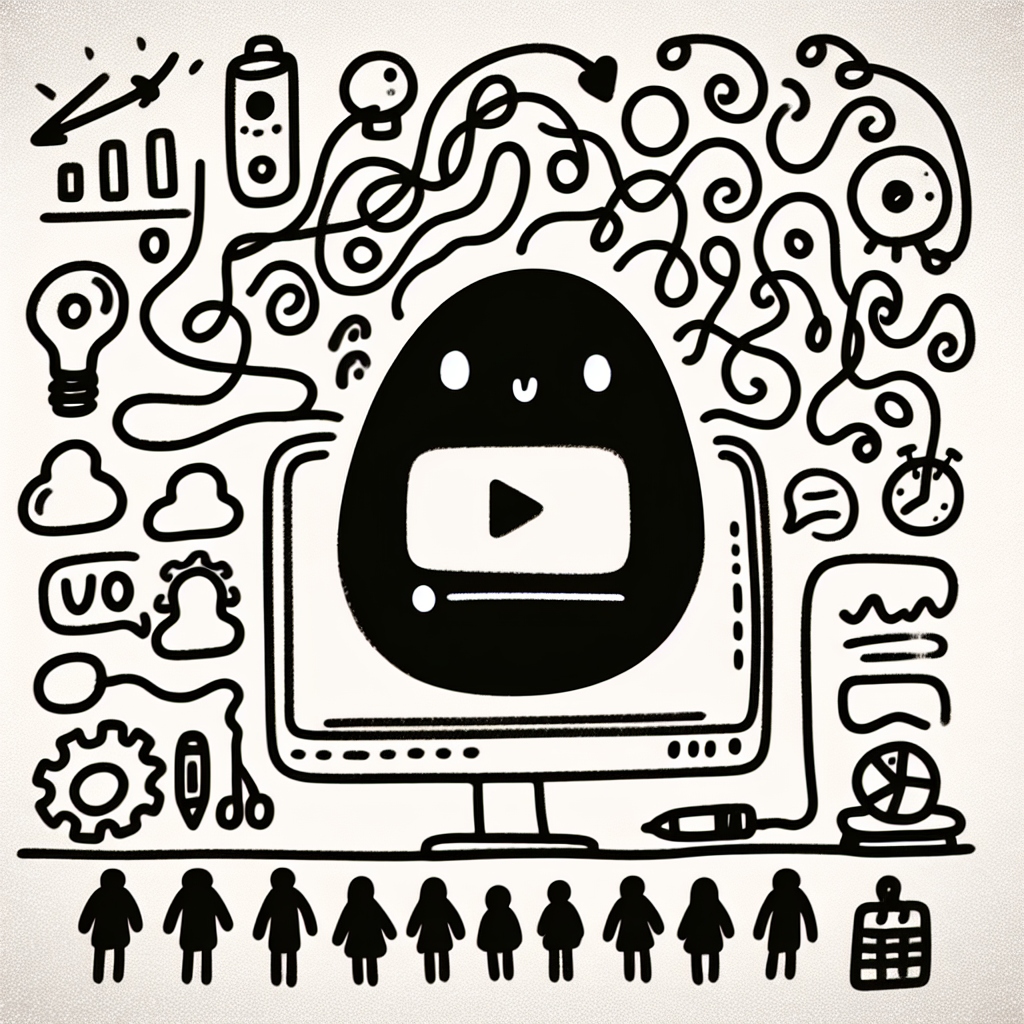
The Evolution of Video Lectures in Education
From Traditional Classrooms to Digital Platforms
The use of video lectures for study has significantly transformed with the shift from traditional classroom settings to hybrid and fully online learning environments. As educational institutions adopted more flexible teaching models, video lectures became a central component, enabling students to access course content at their own pace and convenience. This transition supports diverse learning styles and provides opportunities for review and reinforcement that are not always possible in live settings.
Increased reliance on multimedia content, including video lectures, has also emerged as a way to maintain student engagement in virtual classrooms. Educators integrate animations, visuals, and interactive elements within video lectures to make complex topics more accessible and retain students' attention. This multimedia approach addresses the growing demand for dynamic and immersive educational experiences.
Growth of Open Educational Resources (OER)
The expansion of video lectures for study has been further accelerated by the rise of Open Educational Resources (OER). These resources, which include freely accessible video lectures, allow learners worldwide to access high-quality educational content without cost barriers. Platforms such as MIT OpenCourseWare and Khan Academy exemplify this movement, offering thousands of video lectures across various disciplines.
Institutional support and international collaboration have played a crucial role in scaling OER initiatives. Universities and governments are increasingly investing in the creation and distribution of open video lectures to promote inclusive education. This global effort not only democratizes learning but also fosters innovation in educational delivery by encouraging shared standards and practices across institutions.

Key Benefits of Video Lectures for Learners
Flexibility and Accessibility
Video lectures for study offer unmatched flexibility, allowing students to learn at their own pace and on their own schedule. Whether at home, during a commute, or in a library, learners can access content anytime, anywhere, as long as they have an internet connection. This accessibility extends to students with disabilities. Features like subtitles, screen reader compatibility, and adjustable playback speeds ensure that more learners can effectively engage with the material.
Enhanced Comprehension and Retention
The combination of visual and auditory elements in video lectures for study helps reinforce complex ideas. Students benefit from seeing diagrams, animations, and demonstrations while also hearing explanations, which supports varied learning preferences. Additionally, the option to pause, rewind, and rewatch sections enables deeper understanding and better retention of difficult concepts.
Personalized Learning Paths
Video lectures for study support self-paced learning, which is especially beneficial in accommodating individual learning styles. Learners can spend more time on topics they find challenging and skip over material they already understand. Furthermore, video lectures integrate well into flipped classroom models, where students review content at home and use class time for discussion and application. This approach promotes active learning and better classroom engagement.
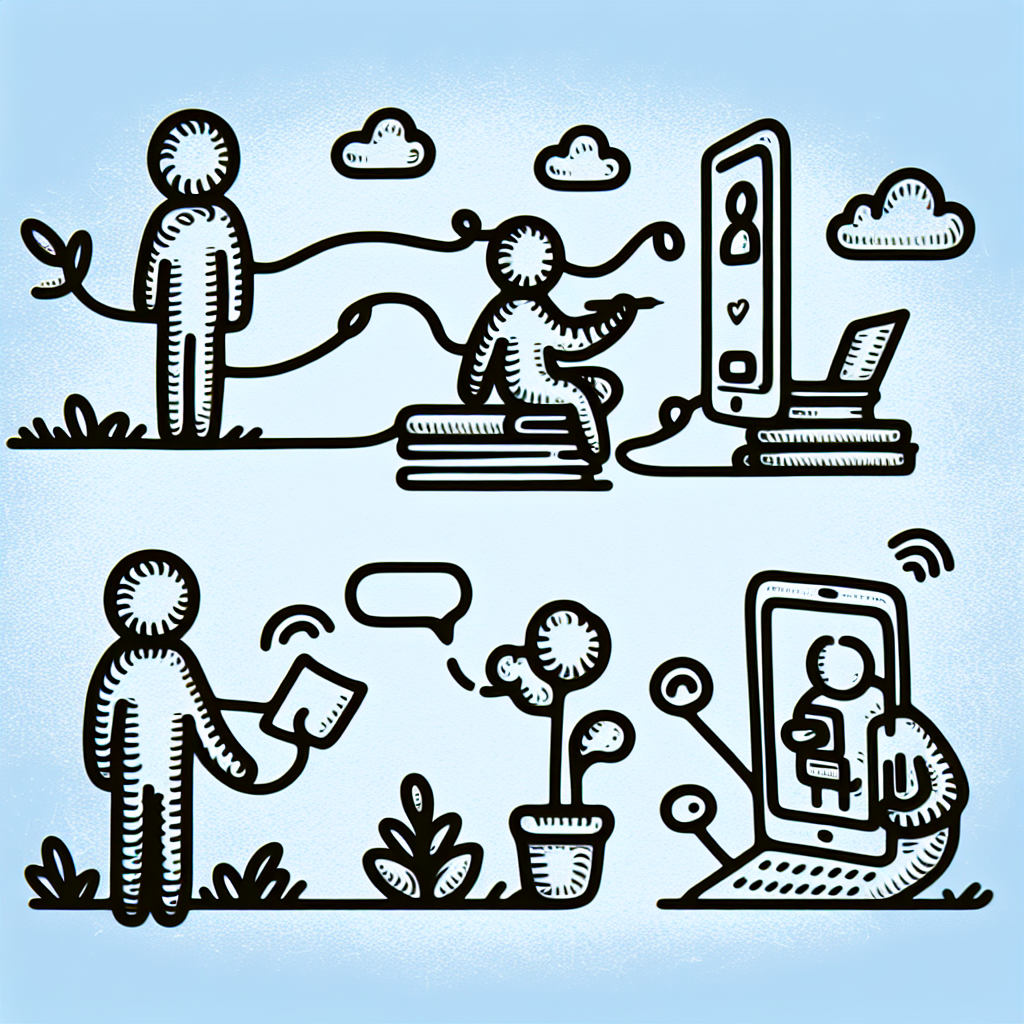
Integrating Video Lectures into Academic Practice
For Teaching
Instructors can enhance their course materials by integrating expert-produced video lectures. These videos offer diverse perspectives on complex topics, often presented by leading scholars in the field. By embedding such content in course syllabi, educators can expose students to a broader range of viewpoints and real-world applications.
Video lectures also support flipped and blended learning models. In a flipped classroom, students watch video lectures before class, freeing up in-person time for discussion and practical exercises. In blended learning, instructors combine traditional classroom methods with online video content, allowing for more flexible and personalized learning experiences.
For Learning
Students can use video lectures for study by supplementing textbooks and in-class notes with visual and auditory explanations. This multimodal approach helps reinforce understanding, especially for complex subjects that benefit from demonstration or visual aids.
Video lectures are also valuable for independent study and exam preparation. Learners can revisit difficult concepts, pause and rewind explanations, and choose materials that fit their pace and learning style. This flexibility makes video lectures a reliable tool for self-directed learning.
For Research
Researchers may reference expert perspectives found in video lectures to support their arguments or provide context. Many academic institutions and conferences publish recorded lectures from renowned scholars, making them accessible resources for literature reviews and theoretical frameworks.
Additionally, recorded video lectures can serve as primary or secondary sources, particularly in fields like education, media studies, and communication. When appropriately cited, these materials contribute to a well-rounded body of research and can offer contemporary insights not yet available in published literature.
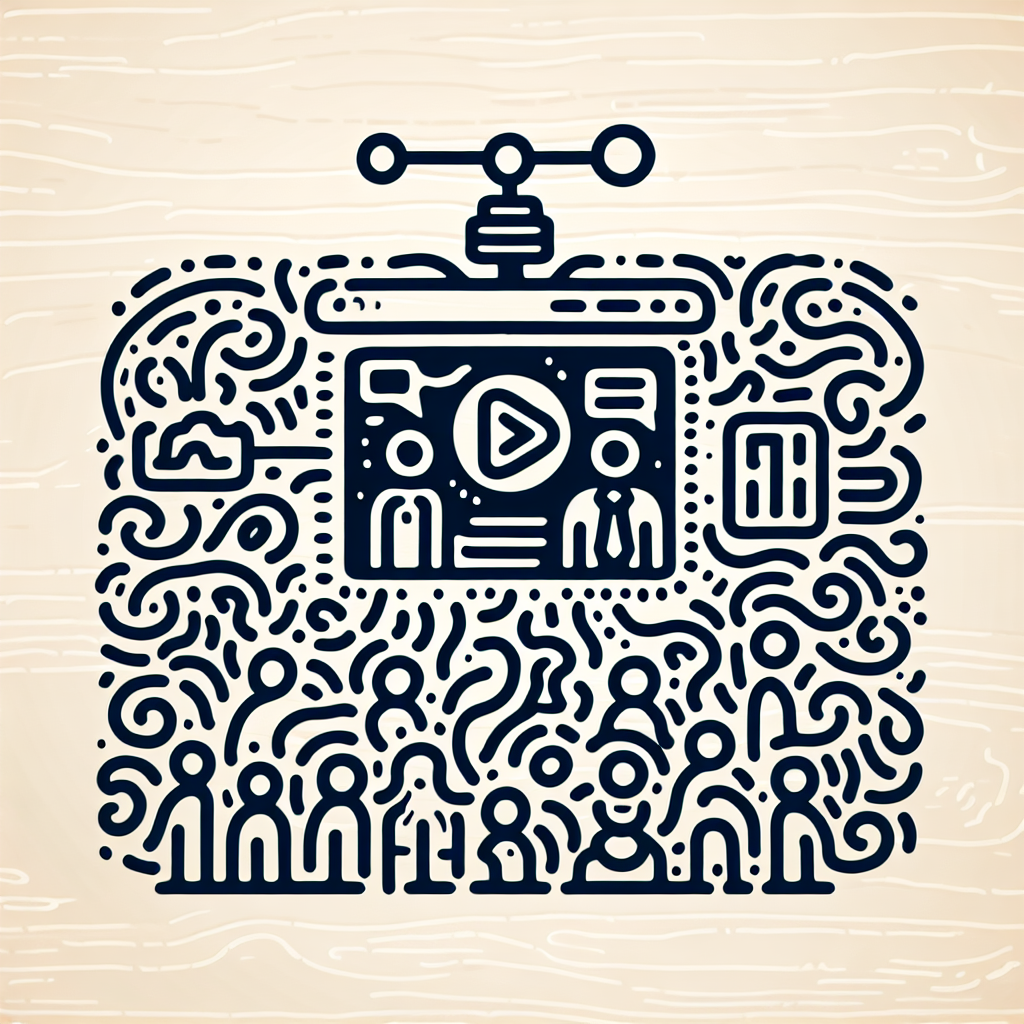
Institutional Resources Offering Video Lectures
Several academic institutions provide high-quality video lectures for study, supporting a wide range of disciplines and learning needs.
University of New Mexico's Open Textbooks Collection
The University of New Mexico offers an open-access collection of electronic textbooks and video lectures for study. These resources are designed to support teaching, learning, and research across various academic fields, making them valuable for both students and educators.
CANDLE's Lectures and Media
CANDLE (Center for Affective Neuroscience, Development, Learning and Education) provides video lectures rooted in affective neuroscience. These resources aim to influence education policy and practice, offering insightful content for those studying psychology, neuroscience, or educational reform.
University of Hawaii's OER Publishing Guide
The University of Hawaii encourages the development and integration of video lectures for study through its Open Educational Resources (OER) Publishing Guide. The guide explores open pedagogy and highlights how faculty can create impactful video content to enhance research and classroom engagement.
Colorado School of Mines' Simulations and Virtual Labs
To support STEM education, the Colorado School of Mines offers interactive video-based simulations and virtual labs. These resources use video lectures and visual tools to increase student engagement and facilitate understanding of complex scientific concepts.
BMCC's Open Educational Resources in Psychology
Borough of Manhattan Community College (BMCC) provides curated video lectures for study in the field of psychology. These materials are designed to meet the needs of both instructors and students, offering accessible content tailored to the social sciences.

Best Practices for Using Video Lectures Effectively
For Educators
When using video lectures for study, educators should focus on selecting or producing high-quality content that aligns directly with course objectives. This ensures that students engage with material that is relevant, accurate, and pedagogically sound. Embedding interactive elements such as quizzes, polls, or discussion prompts within or following video segments can enhance student engagement and encourage critical thinking.
For Students
Students benefit most from video lectures when they establish a consistent study schedule. Treating video lectures like regular class sessions helps maintain discipline and prevents falling behind. While watching, students should take structured notes and apply active recall techniques—such as summarizing content without looking or teaching the material to someone else—to deepen understanding and retention.
For Institutions
Institutions can maximize the impact of video lectures for study by supporting open educational resources (OER) and offering professional development for faculty. This empowers educators to create or adapt video content efficiently. Additionally, institutions should encourage cross-departmental collaboration, allowing educators to share video resources and reduce duplication of effort.
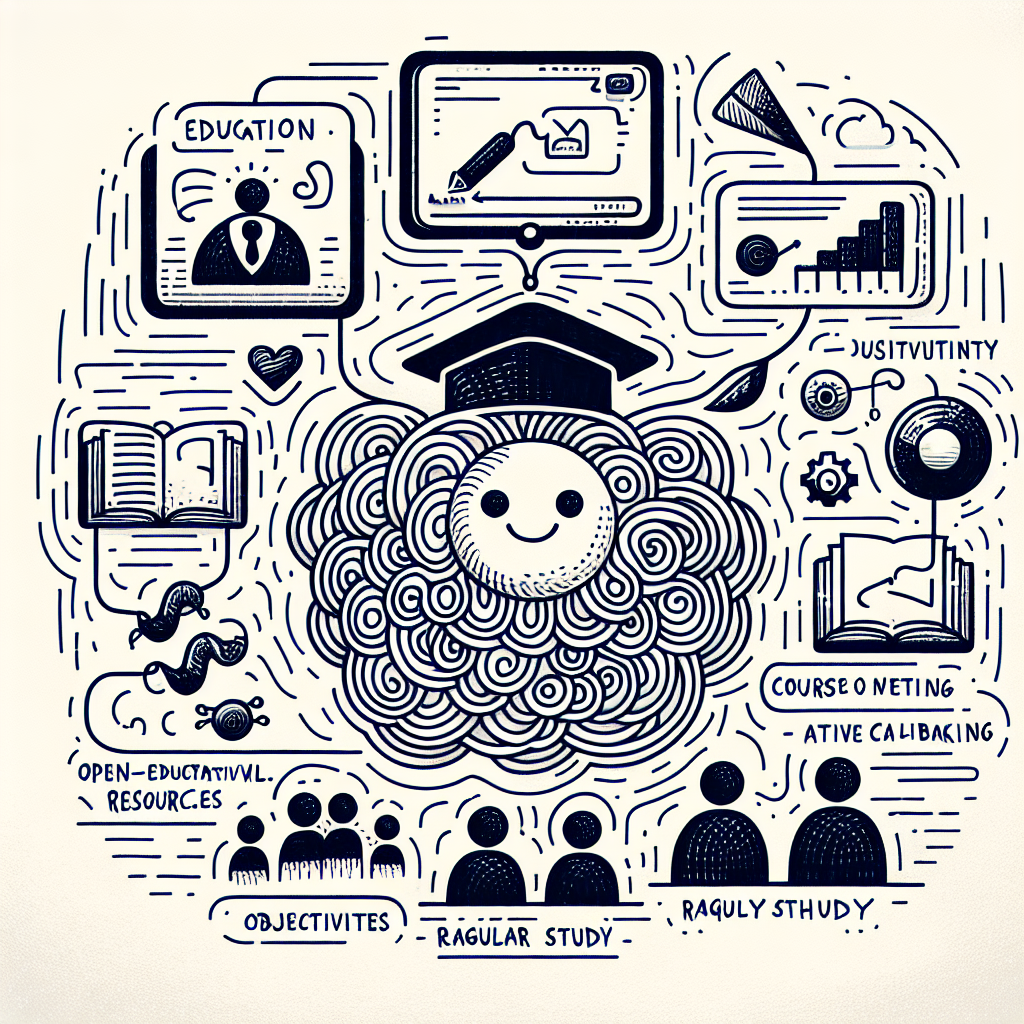
Challenges and Considerations
Technical Barriers
One of the primary challenges in using video lectures for study is ensuring equitable access to the necessary technology. Students may lack access to suitable devices or a stable internet connection, which can hinder their ability to engage with video content. Platform compatibility is another concern. Some learning management systems or video platforms may not function consistently across different devices and operating systems, affecting the user experience and limiting accessibility.
Pedagogical Design
The effectiveness of video lectures for study also depends on thoughtful pedagogical design. Videos that are too long can reduce student engagement, while overly short segments may fail to convey complex ideas. The format should align with learning objectives, using visuals, narration, and pacing that support comprehension. Additionally, video lectures should be balanced with other instructional methods, such as readings, discussions, or interactive activities, to accommodate diverse learning preferences and promote deeper understanding.
Intellectual Property and Licensing
When incorporating video lectures into educational materials, it is important to address intellectual property and licensing issues. Educators and institutions need to understand Creative Commons licenses and other forms of open licensing to ensure proper use and distribution of video content. Ethical reuse, including proper attribution of original creators, supports academic integrity and encourages the responsible sharing of educational resources.
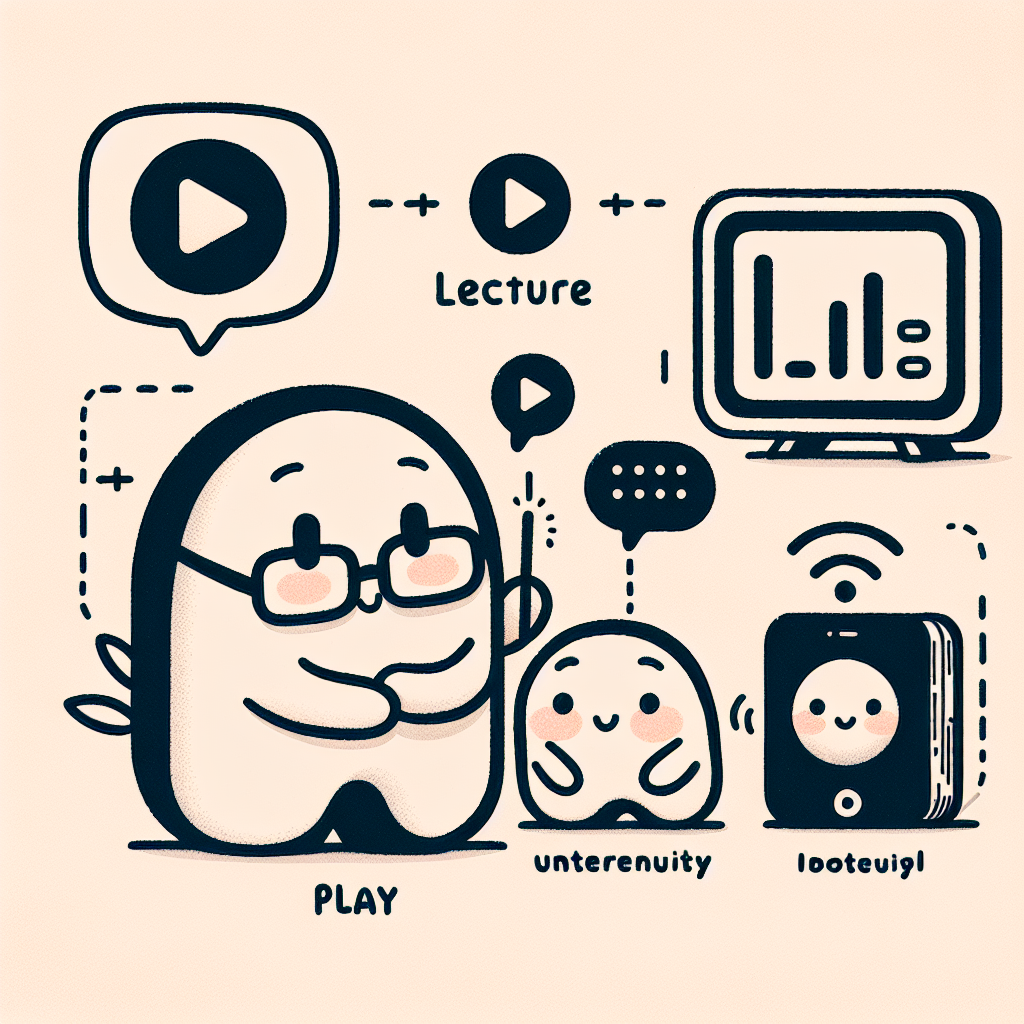
Future Trends in Educational Video Content
AI-Generated Video Lectures
One of the most significant developments in the field of video lectures for study is the rise of AI-generated content. These videos can be tailored to individual students through personalized, adaptive learning paths. AI analyzes a learner’s performance and preferences to deliver video lectures that focus on areas needing improvement, ensuring more efficient and targeted study.
In addition, advancements in artificial intelligence support real-time language translation, making educational video content accessible to a global audience. This feature not only bridges language barriers but also improves accessibility for students with diverse linguistic needs. AI can also enhance video lectures with features such as automated captions and voiceovers, further expanding their reach and usability.
Immersive Learning Experiences
Video lectures for study are also evolving through the integration of immersive technologies like virtual reality (VR) and augmented reality (AR). These tools create experiential learning environments where students can interact with content in a more engaging and memorable way. For instance, a biology student might explore a 3D model of the human heart within a VR simulation, deepening their understanding through hands-on exploration.
Interactive video simulations and gamified modules are becoming more common as well. These features turn passive viewing into active learning by requiring students to make decisions, solve problems, or engage in educational games embedded within the video. This interactivity boosts retention and keeps learners motivated.

Conclusion
Video lectures for study have emerged as a powerful and scalable tool in modern education. Their ability to deliver consistent, high-quality instruction across diverse topics makes them an essential component of contemporary learning environments. When integrated effectively into study routines, video lectures enhance both understanding and accessibility, allowing students to learn at their own pace and revisit complex material as needed.
This shift is further supported by a growing ecosystem of Open Educational Resources (OER) and institutional platforms that make video content widely available. As these resources continue to expand, video lectures for study will play an increasingly central role in shaping effective, inclusive, and flexible educational experiences.














